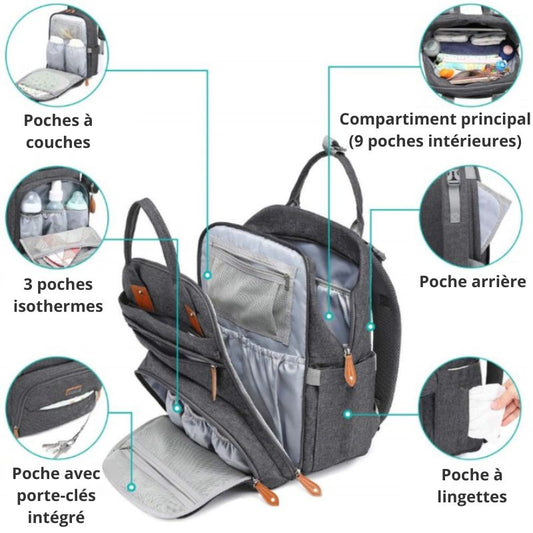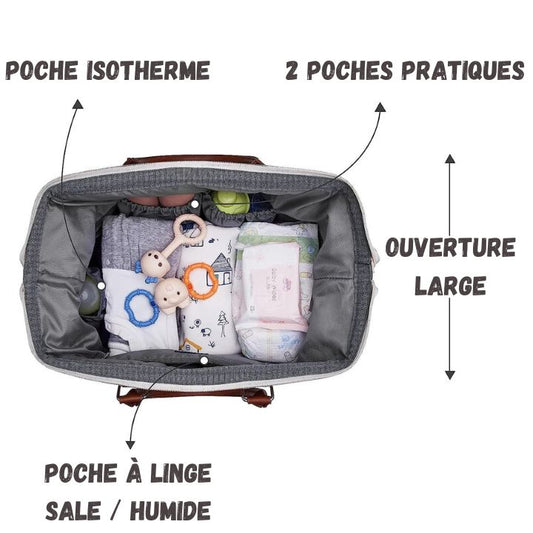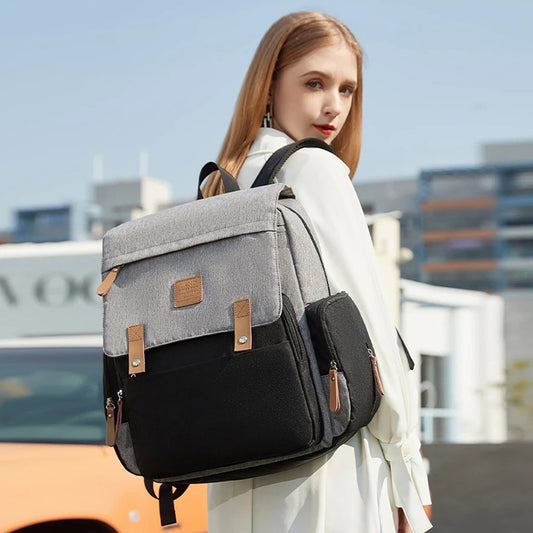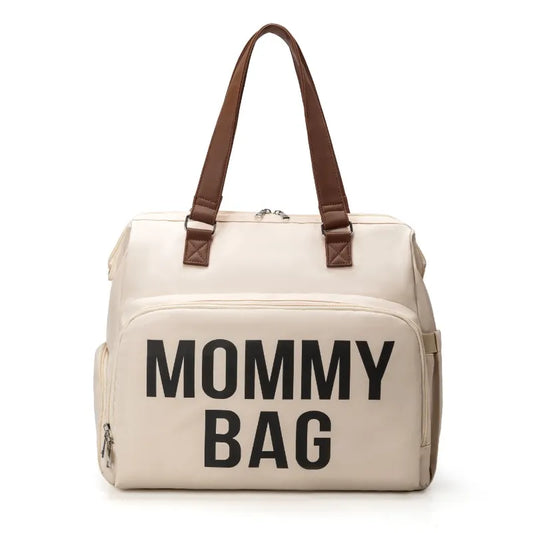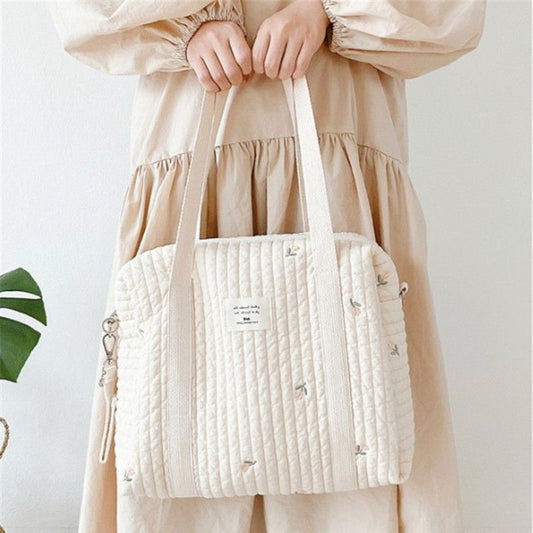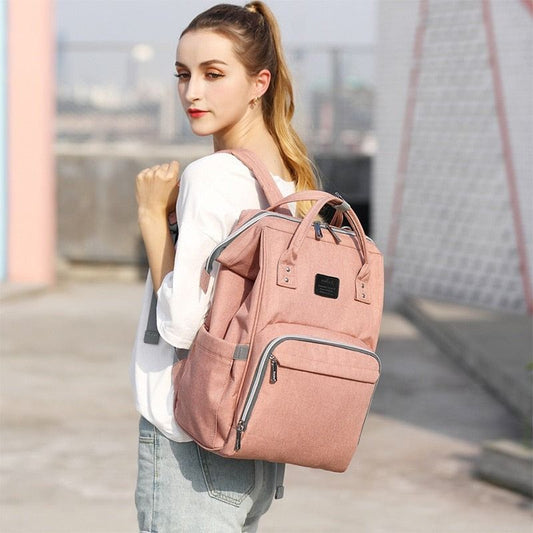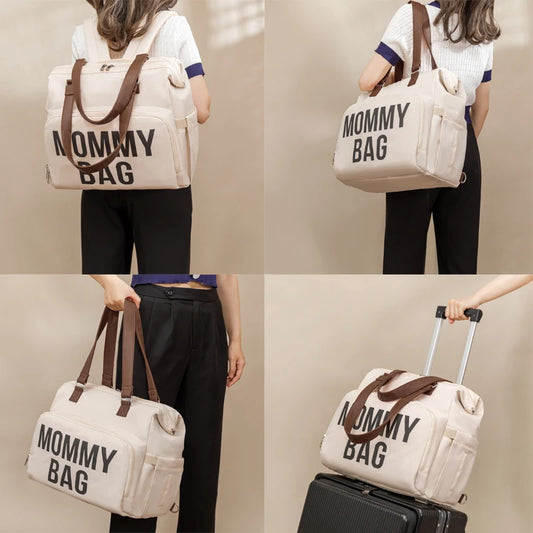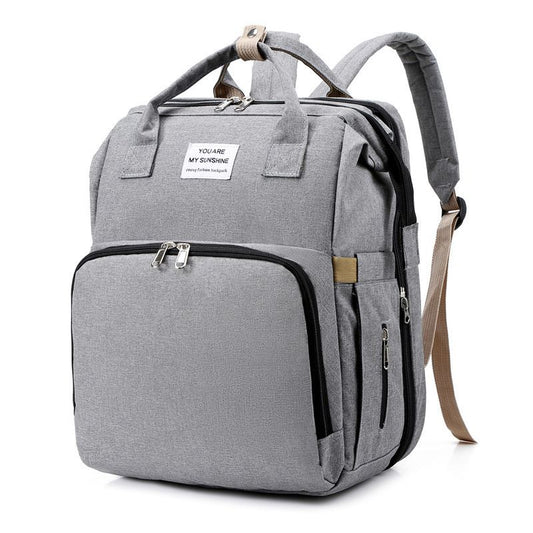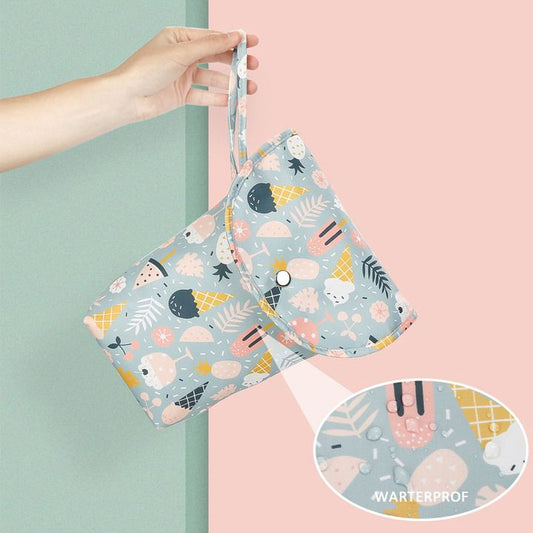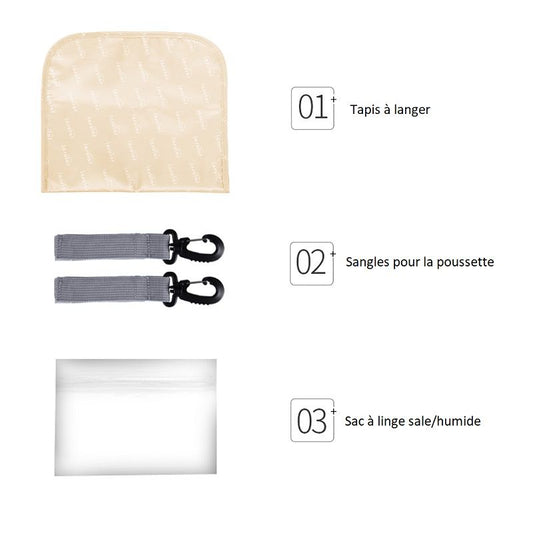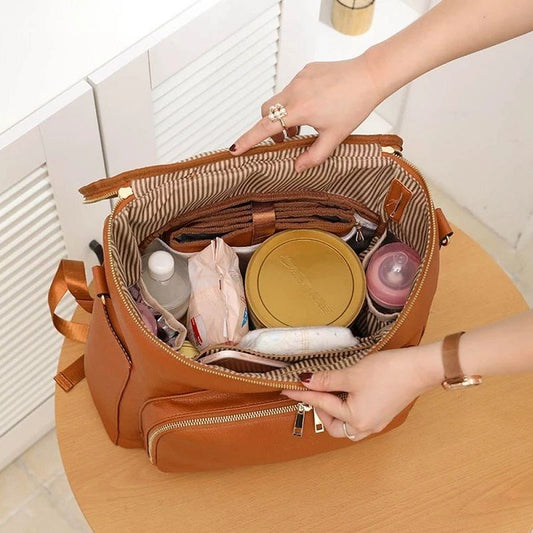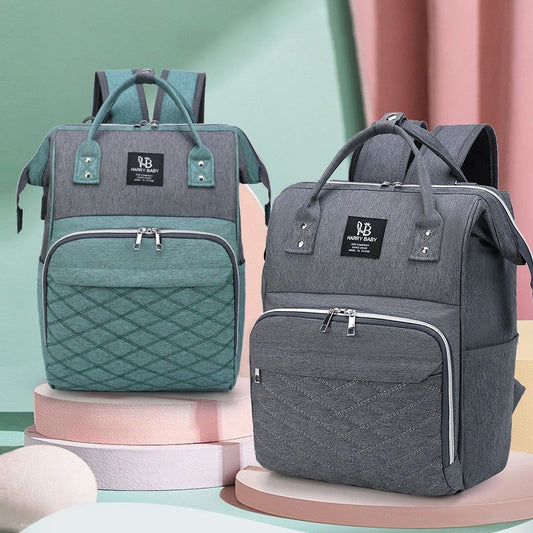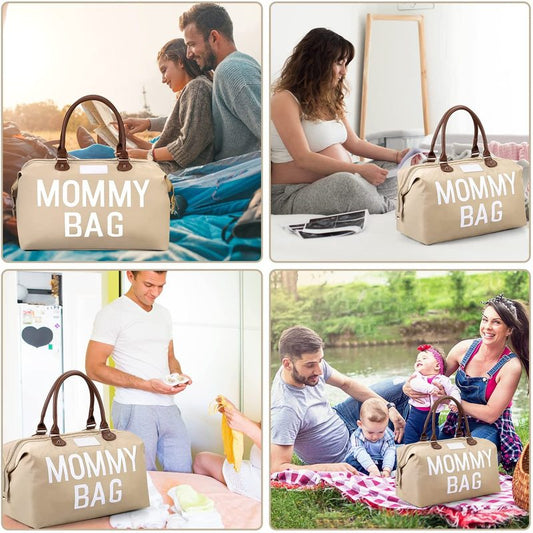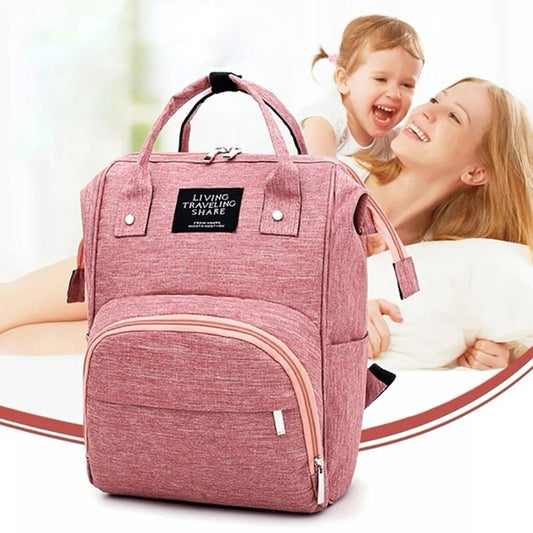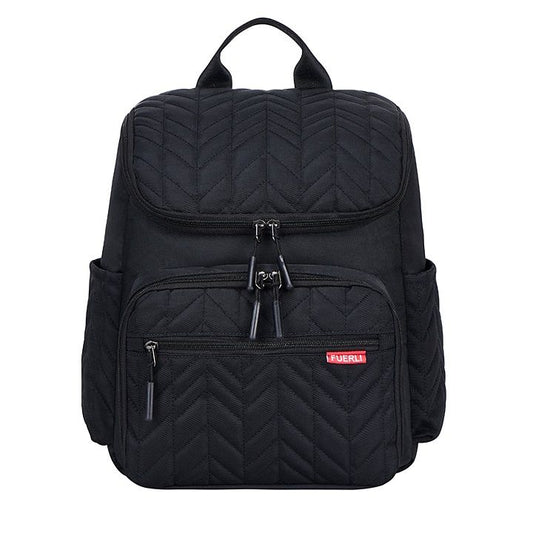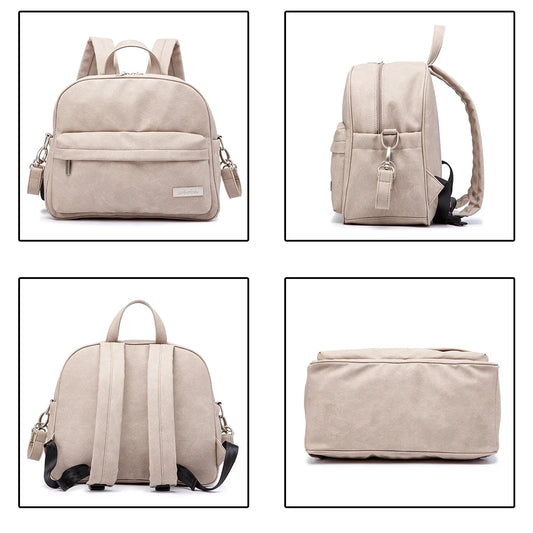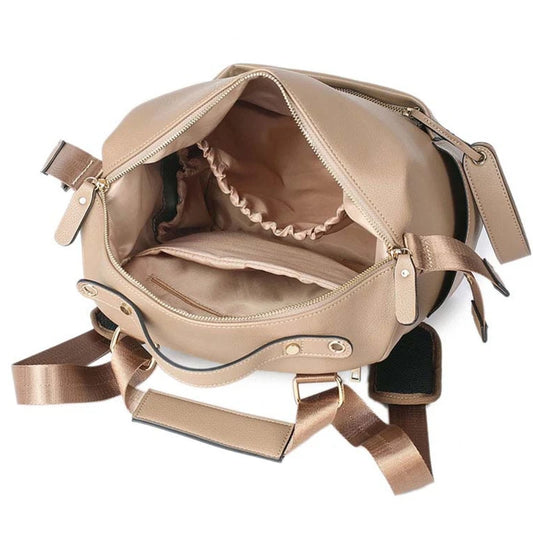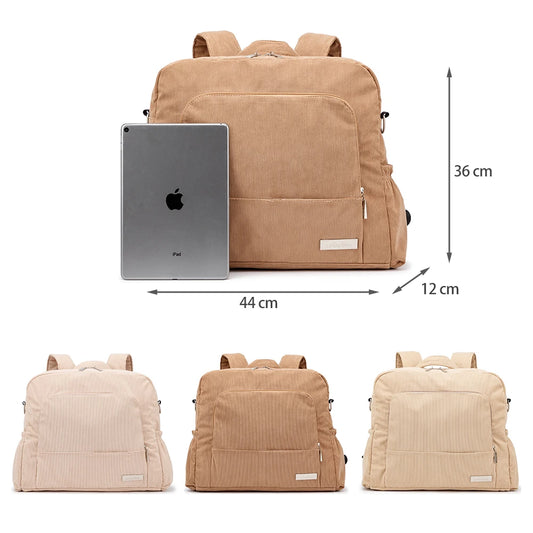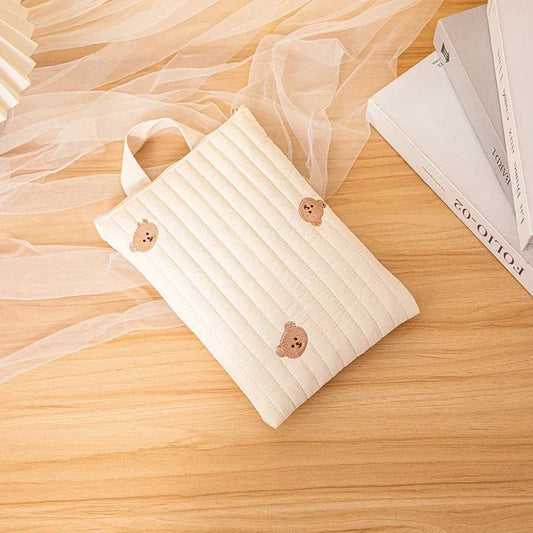When it comes to introducing solid foods to babies, the question of the ideal time often arises. Most pediatricians recommend starting between four and six months. Mothers who are successfully breastfeeding can reasonably wait until six months before introducing solid foods.
Discover our baby teething collection.
The moment a family introduces solid foods is an incredible opportunity to lay the foundation for a lifetime of healthy eating. At four to six months of age, a child's palate is a blank slate. Their taste buds can be trained to like almost anything.
Gradually introduce green vegetables
Pediatric studies have shown that it can take up to ten tries for a child to begin to enjoy greens. So don't be discouraged if your child grimaces the first few times you offer peas! If you don't have success at first, try again and again. In my practice, I've seen parents give up greens after their baby refuses them once or twice. With repetition, all children can learn to like greens.
When introducing solids for the first time, I generally recommend offering green vegetables for a full two weeks before introducing fruit. Baby should be fed in a sitting position in a high chair, with a bib. Solid foods should be offered by spoon, not in a bottle. Each time a new food is introduced, wait about three days before offering other new foods, to rule out any food allergies. Feel free to reintroduce foods that you know are safe .
The introduction of fruits
After the first two weeks of vegetables, you can start introducing fruits, but be sure to continue feeding your child greens at least once a day. Repetition keeps children from forgetting these delicious vegetables. As your child gets older, try to offer fruits or vegetables at every meal. Of course, parents should model healthy eating behaviors themselves.
Baby Cereals and Iron
Parents can offer infant cereals (rice, barley, and oats) before, after, or at the same time as fruits and vegetables. Timing the introduction of cereals and other solids is more of an art than a science, and is a matter of individual choice. Iron-fortified infant cereals are especially helpful for breastfed babies. After four months, all infants need a source of iron to prevent iron deficiency anemia. Although formula contains enough iron, breast milk does not. Therefore, infant cereals are an excellent food choice for breastfed babies over four months of age. Breastfeeding mothers who choose to wait until six months to introduce solid foods can supplement their baby's diet with iron-containing vitamins, such as Polyvisol, starting at four months of age.
If a baby is constipated, or if it occurs after introducing rice cereal, I usually recommend switching to oats. Meats, when well pureed, are also an excellent source of bioavailable iron.
Foods to avoid and precautions
After four to six months, almost any food that does not pose a choking hazard can be offered, including foods often associated with allergic reactions. The only exception to this rule is honey, which can cause botulism. Honey should be avoided until one year of age.
To prevent the development of allergies, foods such as eggs, peanuts, tree nuts, fish, and strawberries can, and should, be offered as early as four to six months of age. Children with a strong family or personal history of allergies or eczema may need allergy testing before trying these foods. If a child develops a severe allergic reaction after introducing a new food, call 911 immediately. The first-line treatment for anaphylaxis is epinephrine.
To learn more about baby nutrition and health, you can consult this article from Ameli .













